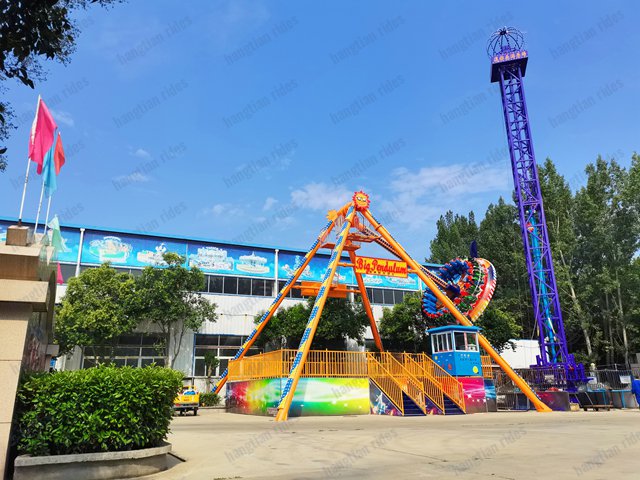The normal load operation test (hereinafter referred to as load test) of children’s play equipment is divided into no-load test, full load test, and partial load test. Some products also specify overload test according to their characteristics. Regarding the load operation test and parameter testing of children’s amusement equipment, let’s take a look at the sharing brought by Aerospace Amusement.

一、 Load operation test
1. Sub item experiment
Sub item testing refers to the technical performance testing and safety reliability testing of important devices, components, or systems that can or must be combined with overall operation testing (no-load, full load, partial load, or overload testing) and are directly related to personal safety. Sub item testing should be conducted by the testing personnel of the manufacturing unit according to the design verification test outline.
2. No load test
The test personnel shall conduct manual and automatic tests under no-load conditions according to the load test operation guidance document, and the number of tests shall not be less than the requirements specified in the load test operation guidance document. During no-load operation, the product should be in a normal and stable state, without any abnormal vibration, shaking, impact, heating, or abnormal noise.
3. Full load test
On the basis of passing the no-load test, a full load test can be conducted. Under the specified test load weight, rated parameters, and specified operating times, the product can achieve fault free and stable operation during the full load test.
4. Unbalanced load test and other load tests
If the design documents or standards require conducting partial load tests and other load tests (such as overload tests), corresponding tests should be carried out, and the tests should be conducted on the basis of passing the full load test. The methods, number of experiments, focus of experiments, principles for handling defects and problems, key observation objects, and qualification criteria for partial load tests and other load tests shall be carried out in accordance with the unit’s load test operation guidance documents.
二、 Conduct inspection and testing of related projects in conjunction with load testing
For technical performance and safety function tests that require a combination of no-load, full load, partial load, and overload tests, they should be conducted according to the items and methods specified in the design documents or load test operation guidance documents, under the rated load weight, specified test conditions, and maximum design allowable parameters, to confirm the technical performance tests and safety reliability of the product under the design allowable limit conditions and normal operating conditions.
三、 Main operational parameter testing and related testing
When conducting technical performance (function) and parameter measurements, it is necessary to first observe whether the functions of each control button on the operation panel meet the design requirements. The actual operating parameters of no-load, full load, and partial load tests should be close to or meet the operating parameter values given in the design document identification report (type test report) without significant fluctuations. According to the design documents or load test operation instructions, conduct acceleration testing, stress-strain testing, vibration testing, and other related tests.
四、 Inspection after overall load test
For the inspection of plastic deformation and damage of the main load-bearing components, macroscopic inspection and non-destructive testing are the main methods, and disassembly inspection and testing should be carried out when necessary.